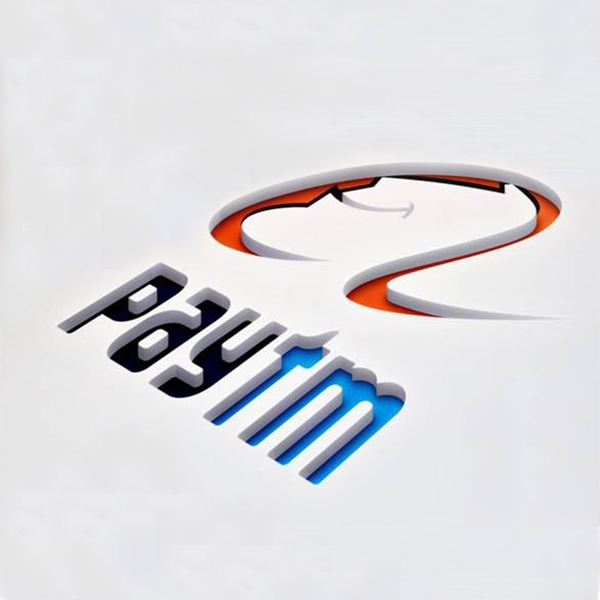Ecommercestrategychina.com uses cookies and other technologies to provide you a better browsing experience. You can get more information regarding the use of cookies, or decline it whenever by clicking Privacy Policy. By using this site or clicking “Okay”, you give us the consent to the use of cookies.
OKAY
It was an opportunity for the India’s mobile payment development when the Indian government abolished large denomination notes and introduced the United Payments Interface (UPI) in 2016.
The UPI allows two individuals with bank accounts to make an instant transfer to each other based on the identifiers. As more and more Indians get used to using smart phones, they are becoming more open to the mobile payments too.
These identifiers include Aadhar (a biometric-related identification number, such as fingerprints and iris scans), which can crack down the fake identity and identity theft behavior by linking the Indian citizenship with biological characteristics. The Indian government said it had recorded 1.2 billion people’s biometric data by August 2017.
This leads to international giants, such as Google and Amazon Softbank, to enter the Indian mobile payment market.
In September 2017, Google has officially released the mobile payment app Tez in India. Its features are in tune with Indian people’s user habits, supporting both the Apple and Android system. Although Tez has no functions which can support saving, users can make transfers through UPI and "audio QR code". In order to attract users, Google Tez cooperated with local businesses, providing subsidies to users. At present, Tez has been adopted by specific payment gateway operators and traffic reservation services such as PayU and redBus.
In July 2017, Amazon has launched the semi-enclosed electronic wallet in India. This wallet supports the user to pay and to save online. Now, the users can use the wallet to shop and pay on the Amazon’s Indian website, and to pay in the Day Coffee Day (Coffee chain restaurant) and in Faasos (the fast food restaurant).
At the same time, both Google and Amazon have to face the fierce market competition from the top 3 local Indian mobile payments, Paytm, Freecharge and Mobikwik.
Paytm’s mother company, One97 Communications had received $680 million from Alibaba’s investment in India September, 2015, which leaded Alibaba to become the largest shareholder. Having a huge market share in India’s mobile payments, the Alibaba’s investment and the deep tech cooperation with Ant Financial, Alibaba’s online payment affiliate, Paytm became the star company in India in 2016.
According to the data from the application analytics company App Annie, Paytm ranked top 8 in the Indian iOS app store in 2017, with the most downloads of financial technology apps in India. It has 200 million registered users in India, with investment and technology supported from SoftBank and Alibaba.
No matter whether it is Google, Amazon or Alibaba, the aim of each of them is to keep and increase their market share, which means they have to ensure the service advantages of in their provision of wallet apps.
Please Login to add comments.

$9.99 $19.98

$9.99 $19.98
By pHqghUme December 7th, 2023
555
By pHqghUme December 7th, 2023
555
By pHqghUme December 7th, 2023
555
By pHqghUme December 7th, 2023
555
By pHqghUme December 7th, 2023
555
By pHqghUme December 7th, 2023
u9gMgRqg
By pHqghUme December 7th, 2023
-1 OR 2+559-559-1=0+0+0+1 --
By pHqghUme December 7th, 2023
-1 OR 2+260-260-1=0+0+0+1
By pHqghUme December 7th, 2023
-1' OR 2+73-73-1=0+0+0+1 --
By pHqghUme December 7th, 2023
-1' OR 2+128-128-1=0+0+0+1 or 'o1jjPTMG'='